Catch the trend
Associate Professor Dr. Huynh Truong Giang, Vice Principal of the School of Aquaculture, Can Tho University, said: Applying digital technology is a development trend of the agricultural sector in general and aquaculture in particular. This technology not only helps businesses and farming households improve production efficiency (saving time, reducing costs, increasing labor productivity, etc.) but also improves quality, creating trust for consumers through product traceability. Digital technology applied in aquaculture also helps minimize negative impacts on the environment, aiming for sustainable development.
High-tech shrimp farming at Viet-Uc Group.
Some digital technologies that have been researched and applied in practice include using robots to clean ponds/cages, observe cage nets; remove diseased and dead fish; inject vaccines (fish are injected automatically instead of humans); assess fish health and fish loss. Or apply Drones to observe fish farms and water environments; check health; detect dead fish; collect data combined with AI and cloud computing to process information. In addition, some digital technology applications are used to study fish swimming activities; remote sensing to observe seaweed cultivation activities; AI in managing and using fish/shrimp feed to synthesize data, help make the right decisions, reduce labor/human resources, increase feed efficiency; manage water quality; harvest and process. Apply IoT to monitor the environment and record data; automate farm operations (water quality management, sizing, harvesting, feeding, etc.); Diagnosis, health prediction of livestock species, individual identification.
Mr. Ta Phuoc Guol, in Dong Hai commune, Ca Mau province, said: “My family has 30 hectares of shrimp farming. I started raising shrimp in 2005, but in 2016 I switched to high-tech shrimp farming in the direction of super-intensive farming. Currently, the ponds are equipped with sensors to monitor pH, water quality; automatic feeding machines... so not only do they reduce labor but productivity is also improved. Previously, farming in the traditional way, the yield was only 500kg-1 ton/1,000m2, but now farming in the direction of high technology, the yield has increased 3-4 times”. According to Mr. Ta Phuoc Guol, although there have been many improvements, the monthly electricity consumption is still high, so he is planning to apply digital technology in management, investing in solar power to reduce electricity consumption.
Replication efforts
Despite its outstanding advantages, the application of digital technology in aquaculture also faces some challenges: many technologies are still at the research level and have not been commercialized; the farming scale is still small, making it difficult to apply digital technology on a large scale; the cost and price of some digital technologies are still quite high, making it difficult for small or medium-sized farming households to access them...
Associate Professor Dr. Huynh Truong Giang said that the application of digital technology in the aquaculture industry must ensure technical, environmental, and socio-economic aspects. Technically, farmers must continuously improve farming techniques, apply high technologies such as circulation technology, Biofloc, biotechnology, information technology, etc. to the aquaculture process to increase productivity, profits, and reduce environmental impacts. From an environmental perspective, businesses and farming households must use resources rationally, reduce emissions, conserve resources, biodiversity, and habitats. In terms of socio-economics, there must be institutions, policies, technical standards, responsibilities, and animal welfare related to standards and certifications in aquaculture.
According to Dr. Mai Thi, Director of Mai Thi Biotechnology Company Limited, the company has been involved for many years, providing biological products for environmental treatment and aquaculture ponds for people in the buffer zones of U Minh Thuong and U Minh Ha. The shrimp-rice model of the people here has great potential for development. However, to bring higher profits to the people, the application of digital technology must be implemented promptly.
“Currently, the survival rate of shrimp in the model after stocking is only 10-15% due to lack of oxygen. For rice, farmers are currently growing in accordance with the natural conditions, with varieties such as Mot Bui Do, ST25... but encounter difficulties in post-harvest preservation, affecting the humidity, aroma and quality of rice. If farmers apply digital technology to manage and provide oxygen in shrimp farming, the survival rate of shrimp will double. For rice, applying smart drying technology will ensure the deliciousness of the rice, and the profits will increase significantly" - Dr. Mai Thi analyzed.
The current trend of aquaculture in the Mekong Delta is towards commercial farming, focusing on single species farming, intensive farming, and super-intensive farming. In particular, the Mekong Delta is strong in pangasius, brackish water shrimp (tiger shrimp and white-leg shrimp), cage farming (focusing on the group of scaly fish), and marine farming has also been focused on development in recent years. This is an opportunity to apply comprehensive digital technologies, moving towards effective and sustainable aquaculture.
Article and photos: MY THANH
Source: https://baocantho.com.vn/dot-pha-cong-nghe-so-trong-nuoi-trong-thuy-san-a189567.html




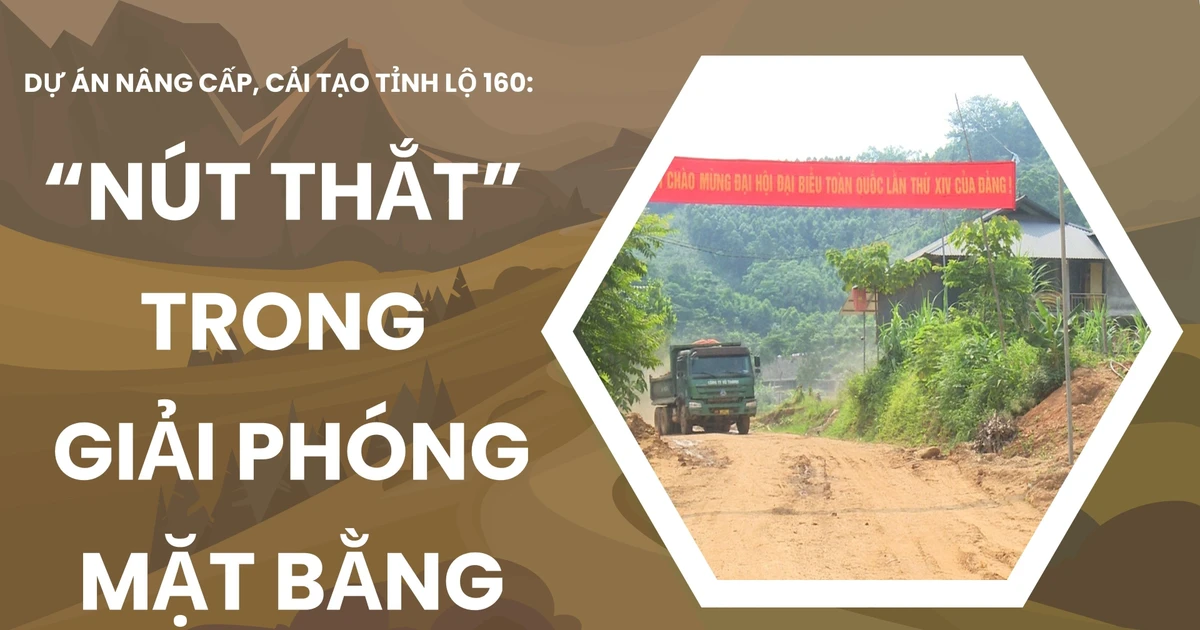

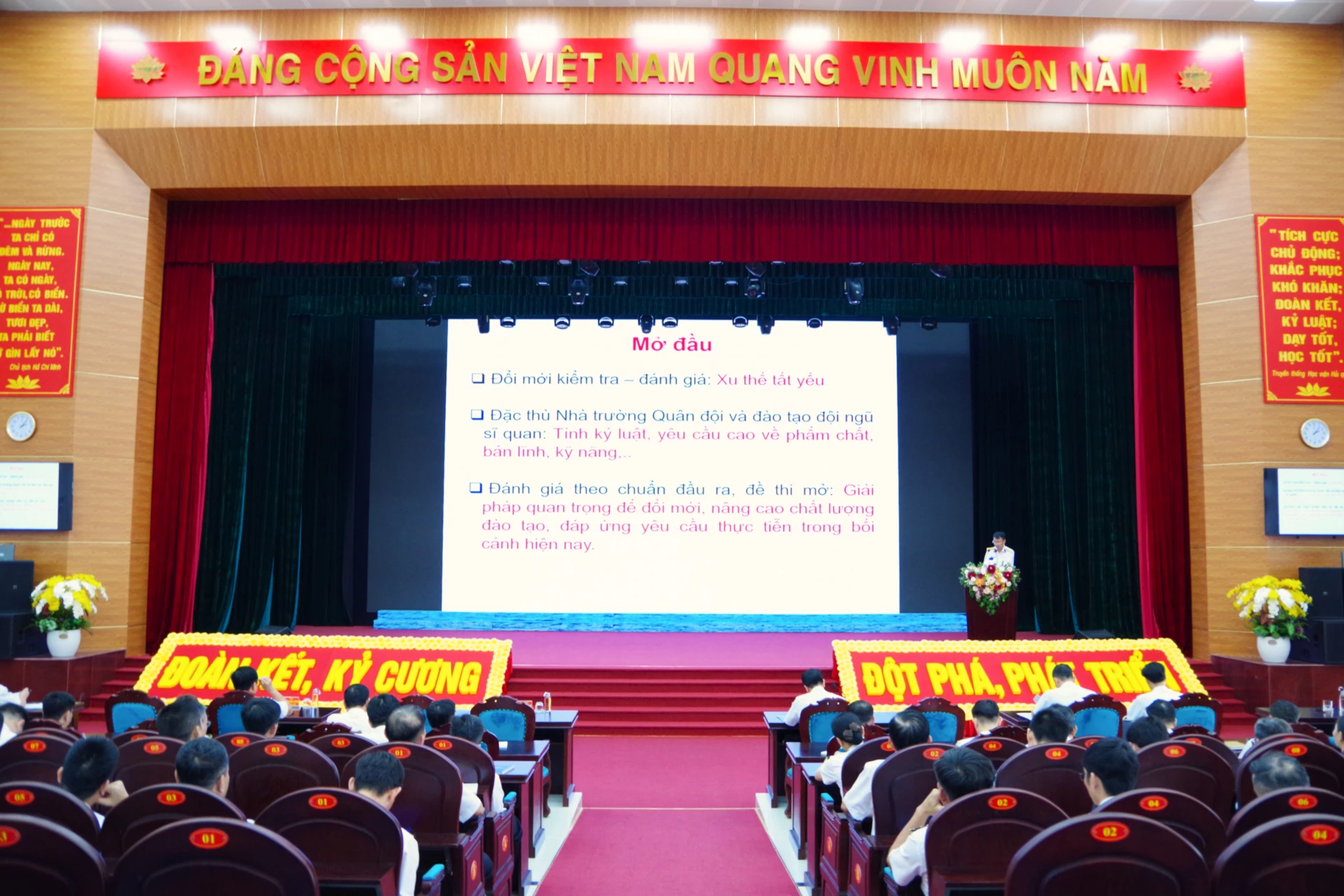
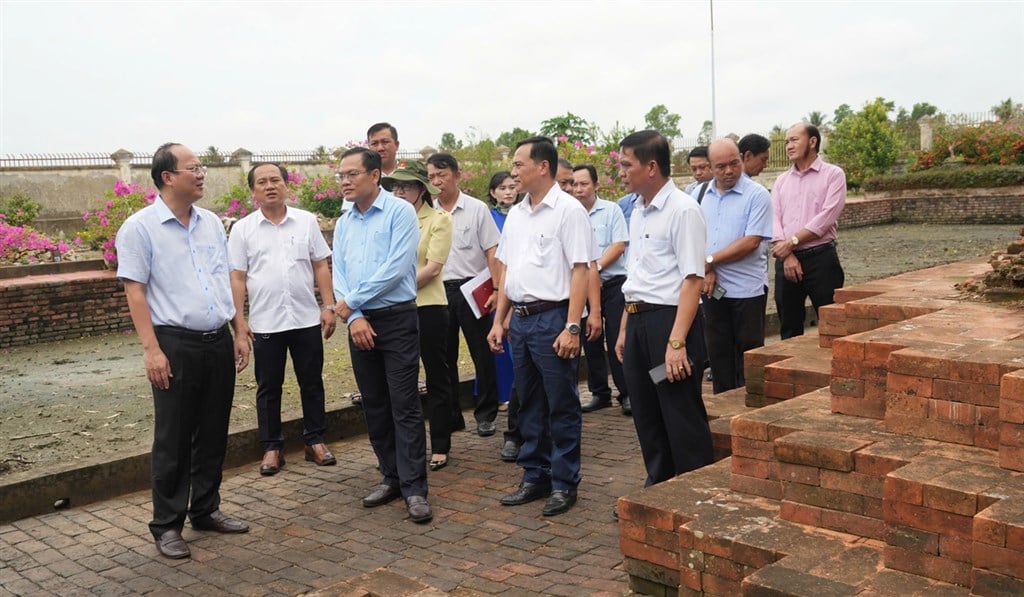

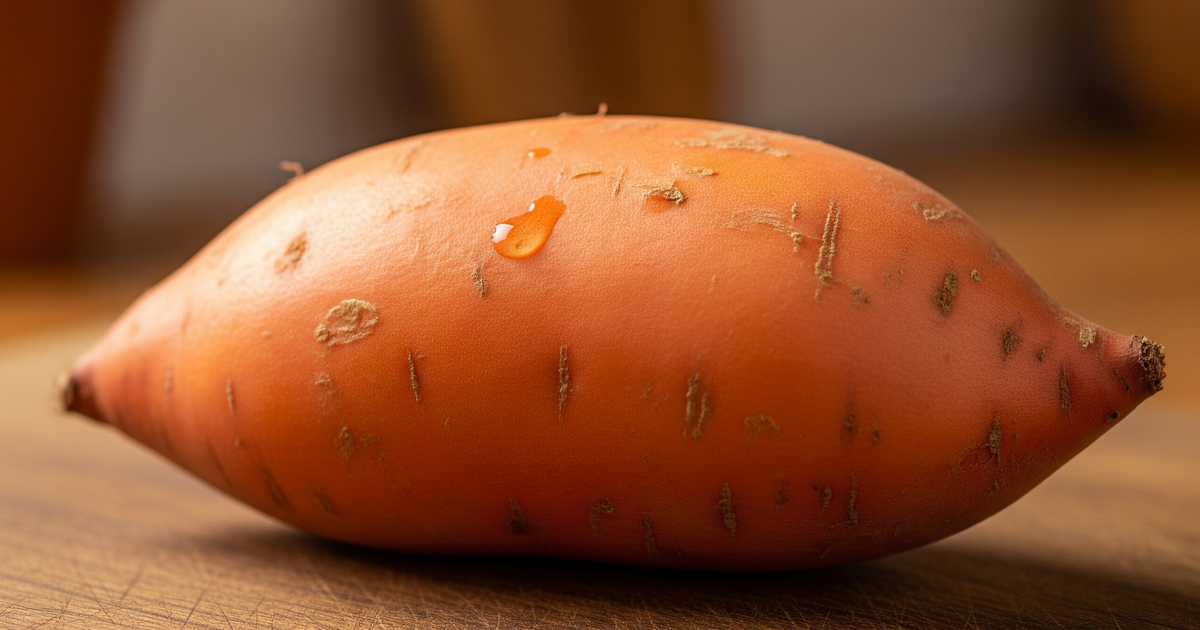

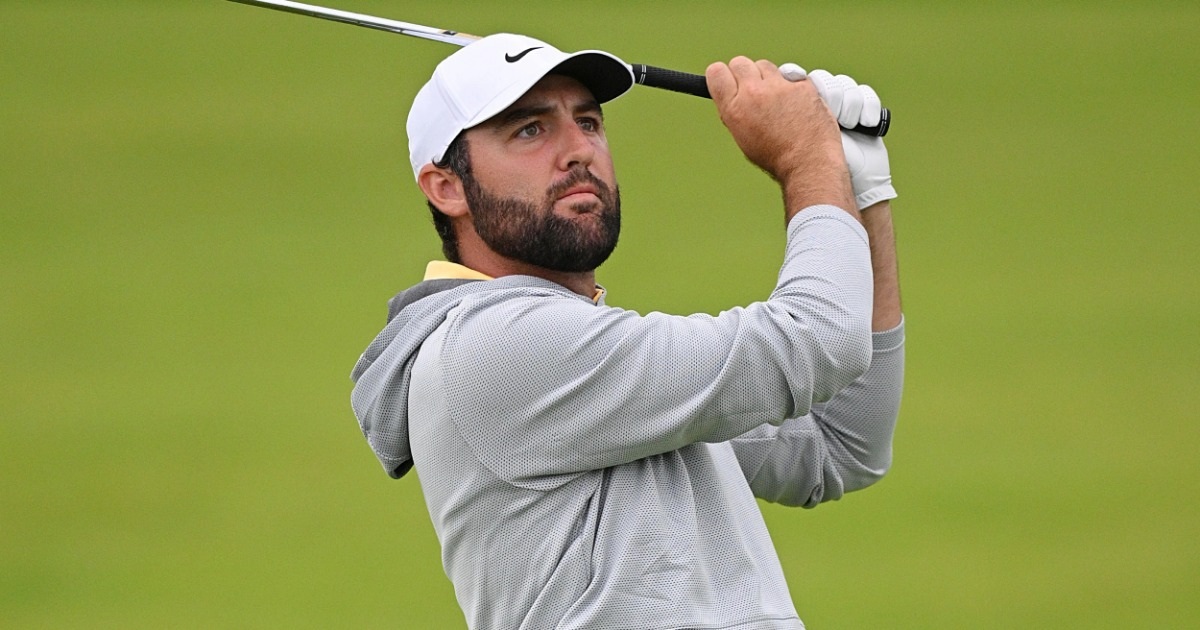
















![[Photo] An Phu intersection project connecting Ho Chi Minh City-Long Thanh-Dau Giay expressway behind schedule](https://vstatic.vietnam.vn/vietnam/resource/IMAGE/2025/8/21/1ad80e9dd8944150bb72e6c49ecc7e08)




































![[Photo] Politburo works with the Standing Committee of Hanoi Party Committee and Ho Chi Minh City Party Committee](https://vstatic.vietnam.vn/vietnam/resource/IMAGE/2025/8/21/4f3460337a6045e7847d50d38704355d)

































Comment (0)